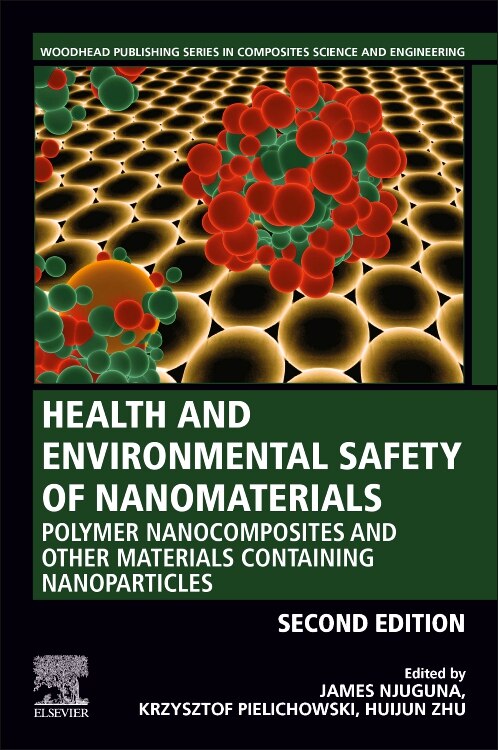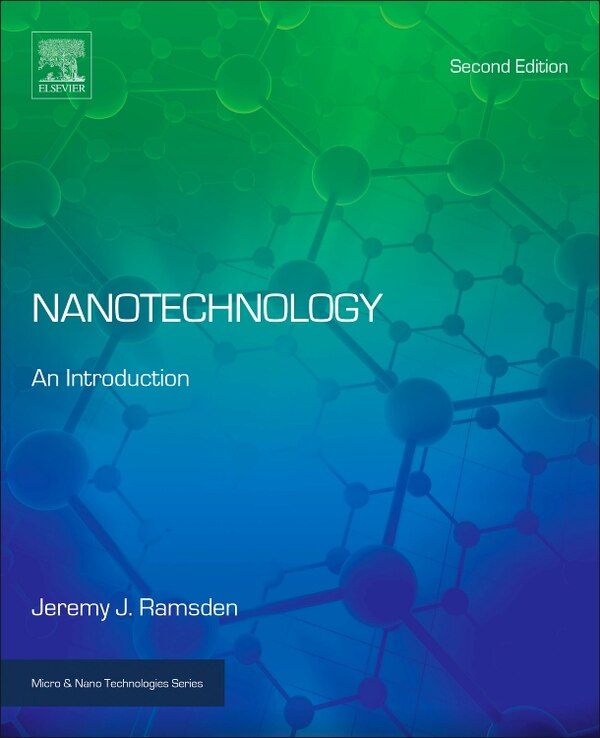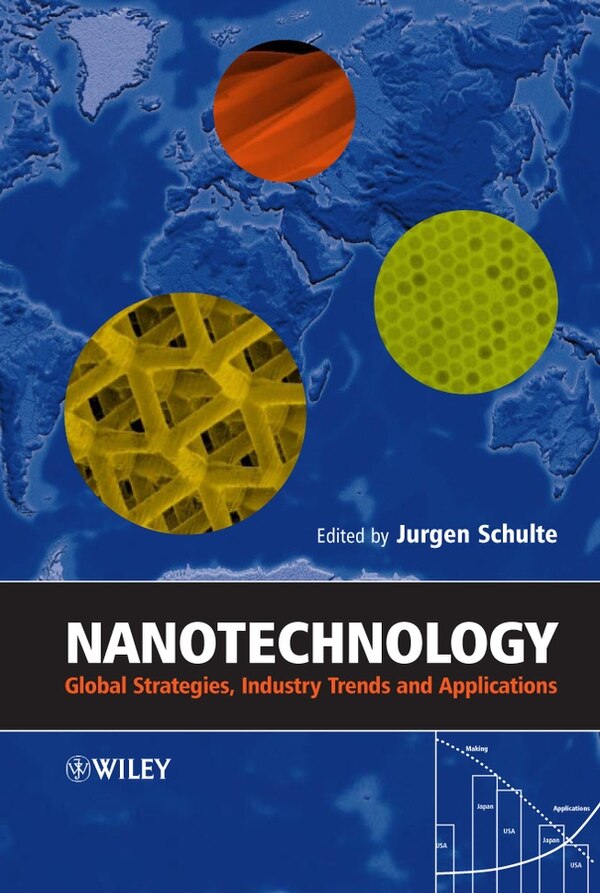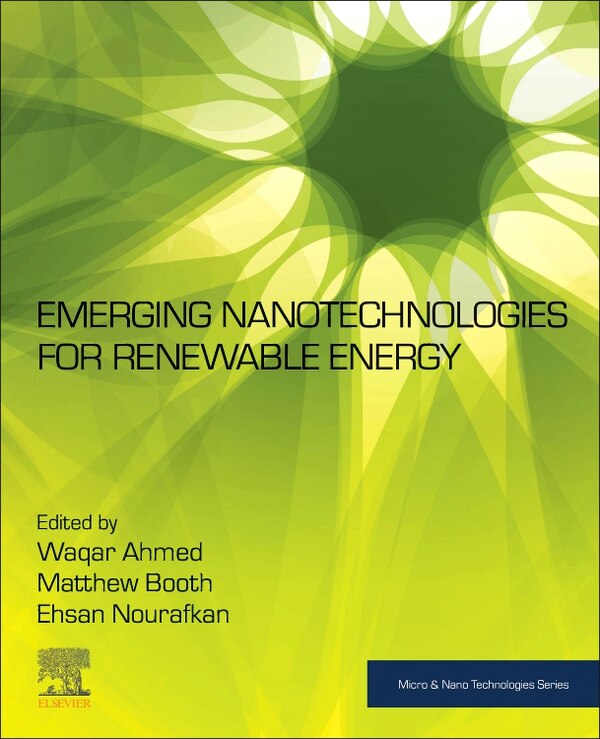Home
Nanotechnologies Hazards and Resource Efficiency by Michael Steinfeldt, Paperback | Indigo Chapters
Loading Inventory...
Coles
Nanotechnologies Hazards and Resource Efficiency by Michael Steinfeldt, Paperback | Indigo Chapters
From Michael Steinfeldt
Current price: $160.95


Coles
Nanotechnologies Hazards and Resource Efficiency by Michael Steinfeldt, Paperback | Indigo Chapters
From Michael Steinfeldt
Current price: $160.95
Loading Inventory...
Size: 1 x 9.25 x 1
*Product information may vary - to confirm product availability, pricing, shipping and return information please contact Coles
Nanotechnology is frequently described as an enabling technology and 1 fundamental innovation, i. e. it is expected to lead to numerous innovative developments in the most diverse fields of technology and areas of app- cation in society and the marketplace. The technology, it is believed, has the potential for far-reaching changes that will eventually affect all areas of life. Such changes will doubtlessly have strong repercussions for society and the environment and bring with them not only the desired and intended effects such as innovations in the form of improvements to products, pr- esses and materials; economic growth; new jobs for skilled workers; relief for the environment; and further steps toward sustainable business, but also unexpected and undesirable side effects and consequences. With respect to the time spans in which nanotechnology's full potential 2 will presumably unfold, M. C. Roco (2002:5) identified the following stages or generations for industrial prototypes and their commercial expl- tation: Past and present: The "coincidental" use of nanotechnology. Carbon black, for example, has been in use for centuries; more specific, isolated applications (catalysts, composites, etc.) have been in use since the early nineties. First generation: Passive nanostructures (ca. 2001). Application p- ticularly in the areas of coatings, nanoparticles, bulk materials (nan- tructured metals, polymers, and ceramics). Second generation: Active nanostructures (ca. 2005). Fields of appli- tion: particularly in transistors, reinforcing agents, adaptive structures, etc. | Nanotechnologies Hazards and Resource Efficiency by Michael Steinfeldt, Paperback | Indigo Chapters



















